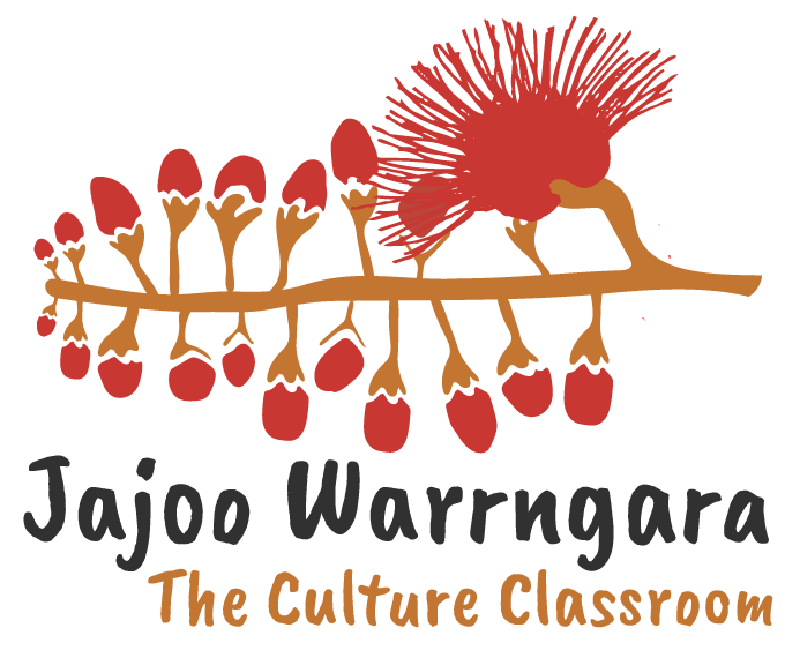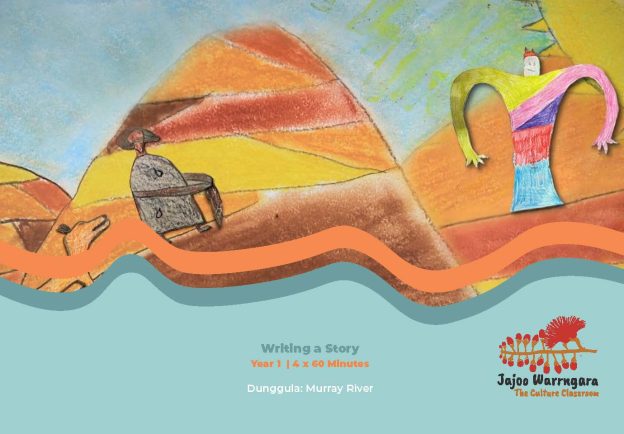Cross Curriculum Priorities
Aboriginal and Torres Strait Islander Histories and Cultures
A_TSICP1 First Nations communities of Australia maintain a deep connection to, and responsibility for, Country/Place and have holistic values and belief systems that are connected to the land, sea, sky and waterways.
A_TSIC1 First Nations Australian societies are diverse and have distinct cultural expressions such as language, customs and beliefs. As First Nations Peoples of Australia, they have the right to maintain, control, protect and develop their cultural expressions, while also maintaining the right to control, protect and develop culture as Indigenous Cultural and Intellectual Property.
A_TSIC2 First Nations Australians’ ways of life reflect unique ways of being, knowing, thinking and doing.
A_TSIC3 The First Peoples of Australia (Aboriginal Peoples) belong to the world’s oldest continuous cultures. First Nations Australians demonstrate resilience in the maintenance, practice and revitalisation of culture despite the many historic and enduring impacts of colonisation, and continue to celebrate and share the past, present and future manifestations of their cultures.
A_TSIP3 The significant and ongoing contributions of First Nations Australians and their histories and cultures are acknowledged locally, nationally and globally.
A_TSIP1 Australia has two distinct First Nations Peoples; each encompasses a diversity of nations across Australia. Aboriginal Peoples are the first peoples of Australia and have occupied the Australian continent for more than 60,000 years. Torres Strait Islander Peoples are the First Nations Peoples of the Torres Strait and have occupied the region for over 4,000 years.
Curriculum Links
AC9E1LE01 Discuss how language and images are used to create characters, settings and events in literature by First Nations Australian, and wide-ranging Australian and world authors and illustrators
AC9E1LE02 Discuss literary texts and share responses by making connections with students’ own experiences
AC9E1LE03 Discuss plot, character and setting, which are features of stories
AC9E1LE05 Orally retell or adapt a familiar story using plot and characters, language features including vocabulary, and structure of a familiar text, through role-play, writing, drawing or digital tools
AC9E1LY01 Discuss different texts and identify some features that indicate their purposes
AC9E1LY03 Describe some similarities and differences between imaginative, informative and persuasive texts
AC9E1LY05 Use comprehension strategies such as visualising, predicting, connecting, summarising and questioning when listening, viewing and reading to build literal and inferred meaning by drawing on vocabulary and growing knowledge of context and text structures
AC9E1LA03 Explore how texts are organised according to their purpose, such as to recount, narrate, express opinion, inform, report and explain
AC9E1LA05 Understand how print and screen texts are organised using features such as page numbers, tables of content, headings and titles, navigation buttons, swipe screens, verbal commands, links and images
AC9ADR2D01 Use the elements of drama and imagination in dramatic play and/or process drama
AC9ADR2C01 Create and co-create fictional situations based on imagination and/or experience
Unit Content



